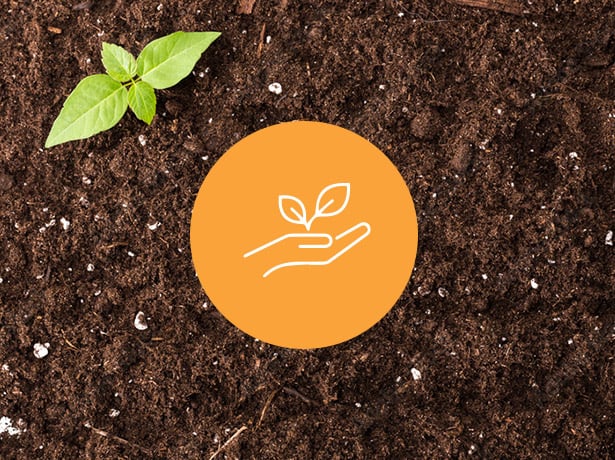Circular building product practices refer to the adoption of strategies and principles that promote the circular economy within the construction industry. These practices typically undertaken by the product manufacturers themselves but requires various industry stakeholders to implement – the supply chain, the product manufacturer, the construction team, the operational/ownership team, and the waste contractor (both during construction and when the building is in operation).
The circular economy is an alternative to the traditional linear economy, which follows a "take-make-dispose" model – or in LCA terms from our previous recordings A1 thru D modules of a product’s life cycle. In contrast, circularity aims to keep products, materials, and resources in use for as long as possible, minimizing waste generation and maximizing resource efficiency – a “take-make-reuse” model. Circular building product practices should involve several key elements all working together to make the most circular product possible:
Design for durability and disassembly: Circular building products are designed to have a long lifespan and be easily disassembled for reuse or recycling at the end of their life. This can include using modular construction techniques and standardized connections to facilitate disassembly.
Use of recycled and renewable materials: Building products are made from recycled materials whenever possible, reducing the need for virgin resources. Additionally, rapidly renewable materials could be used as alternatives to traditional materials that require more virgin material or greenhouse gas intensive recycling processes.
Product life extension: Strategies are implemented to extend the lifespan of building products. This can involve refurbishment, repair, and maintenance to ensure products remain functional and attractive for longer periods.
Material recovery and recycling: At the end of their life cycle, building products are recovered and recycled to create new products or materials. This involves separating and sorting materials to maximize recycling rates and minimize waste sent to landfills.
Resource optimization: Strategies are employed to minimize material waste during the construction process. This includes efficient design, accurate material estimation, and effective waste management practices.
Digital technologies and data sharing: Technologies like Building Information Modeling (BIM) or material bank concepts can be utilized to track and optimize material usage, improve resource management, and enable better communication and collaboration among stakeholders.
There are certain product certification programs that help procurement and construction teams identify leading circular products. One such program is the Cradle-to-Cradle (C2C) certification program. The C2C certification is based on standards in material health, product circularity, renewable energy and climate, water and soil stewardship, and social fairness, providing a framework to assess safety, circularity, and responsibility of materials. products can earn different levels of certification starting with Bronze, then to Silver, to Gold, and at the peak, Platinum. As true circularity of material is difficult, the certification program is a challenging standard to meet any of the levels and attainment by a building product is a great accomplishment. The program also promotes continuous improvement in practices, so the certification is not given for the life of a product and must be re-certified every 3 years.
Implementing circular building product practices offers numerous benefits, including reduced resource consumption, decreased waste generation, lower carbon emissions, improved resilience, and the creation of new business opportunities within the circular economy.


